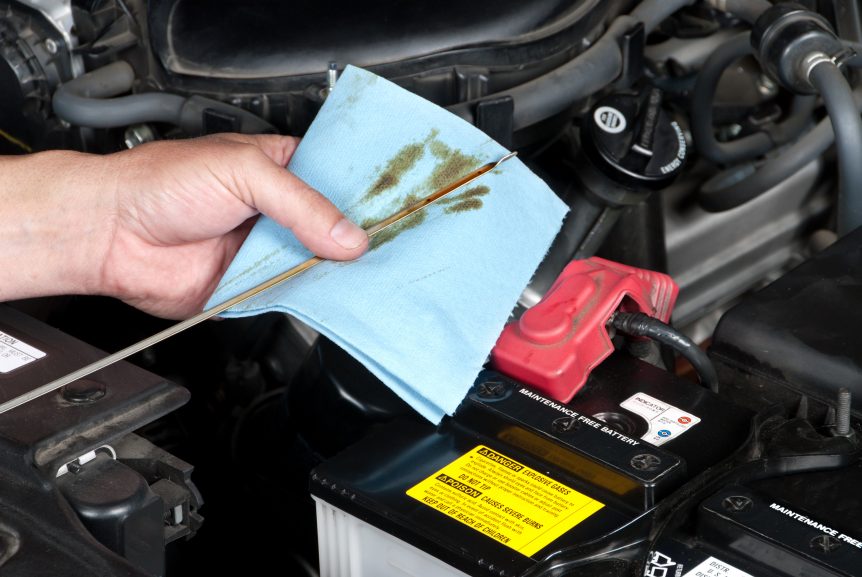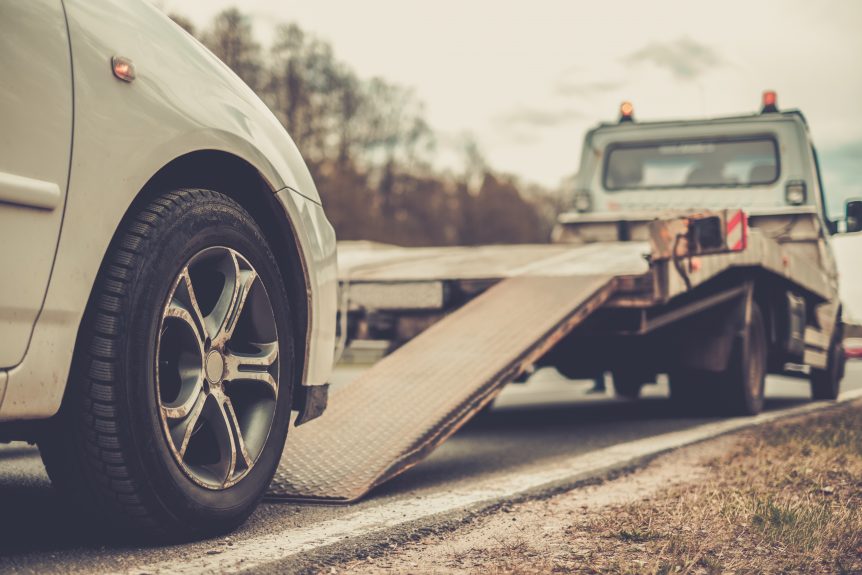As I sat at a red light the other day, I flicked on the wipers to clean my windshield. They did a pitiful job. I made a mental note to change them before the rainy season, and realized there might be other things I need to do to get the car ready for winter. I ran it by my husband, Mike, and he said that he tells his customers there are five items that need to be checked before winter: wipers, tires, battery, lights, and coolant.
Throughout summer, the heat bakes and warps the windshield wipers. After such abuse, wipers can’t clean the windshield properly and we all know how crucial it is to be able to see while driving in the rain.
Make sure you have safe tires. Rain can make the roadways slick. If your tires are bald and you’re driving in the rain, hydroplaning may result. If you’ve ever experienced this sliding and loss of control, it’s frightening. When there is plenty of tread on the tires you are much less likely to have problems.
Get that battery checked to make sure your car starts every time. Nothing’s worse than turning the key in the ignition and nothing happens. Just imagine you’re in Tahoe and it’s snowing.
Check your lights. It’s hard enough driving on some of those dark, country roads on your way to Thanksgiving dinner. I’m sure you’ve seen a one-eyed car driving down the street at night. Make sure that’s not you.
It’s easy to take coolant for granted. What’s it for anyway? Mike says that coolant is stored in the radiator and flows through the engine to keep it cool. Frequently, people add water to the radiator, but when coolant is weakened or old, hoses and seals begin to deteriorate. Cold weather can produce further problems. As the temperature drops to freezing, that water you put in the radiator could freeze and expand, which damages the radiator and other parts of the cooling system. New coolant could have prevented this problem.
Preventative maintenance (including oil changes, a tune-up, and brake inspection) is a wise investment, as is taking care of small nuisances early before they lead to large, expensive repairs. Even new cars require periodic checks to keep them running smoothly. Make sure your car is ready for anything Mother Nature sends our way.




